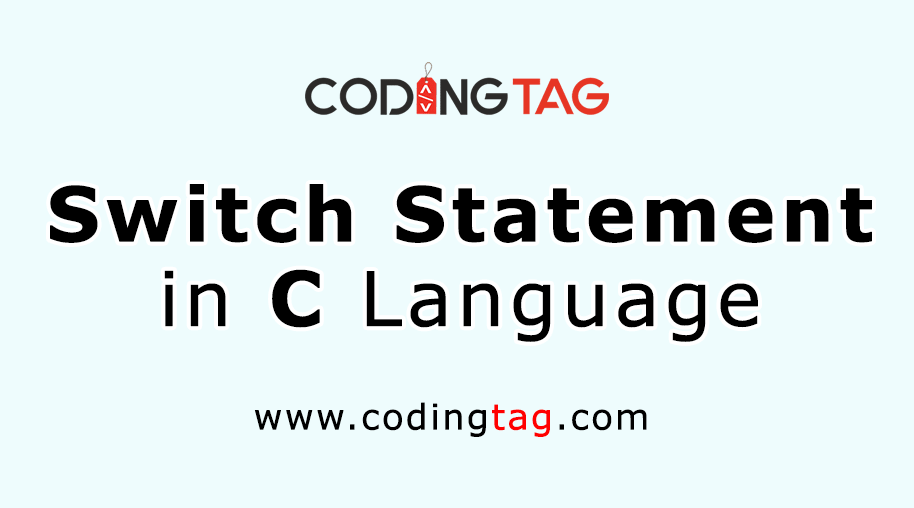Structure Padding in C
0 1030
Structure padding in C refers to the insertion of additional bytes between structure members to align them on memory boundaries for optimization purposes.
Understanding structure padding is crucial for managing memory efficiently and avoiding unintended behavior.
Structure padding occurs due to memory alignment requirements imposed by the CPU architecture.
CPU architectures often require certain data types to be aligned on memory addresses divisible by their size.
For example, a 4-byte integer may need to be aligned on a memory address divisible by 4.
Consider the following structure:
struct Example {
char c;
int i;
};
Without padding, the structure would be 5 bytes in size (char takes 1 byte, int takes 4 bytes).
However, to align the int member on a 4-byte boundary, the compiler may insert 3 bytes of padding after the char member.
As a result, the structure size becomes 8 bytes.
Example:
#include<stdio.h>// Define a structure without padding struct WithoutPadding { char c1; // 1 byte int i; // 4 bytes char c2; // 1 byte }; // Define a structure with padding struct WithPadding { char c1; // 1 byte char pad[3]; // Padding to align 'int' member int i; // 4 bytes char c2; // 1 byte }; int main() { printf("Size of struct WithoutPadding: %zu bytes\n", sizeof(struct WithoutPadding)); printf("Size of struct WithPadding: %zu bytes\n", sizeof(struct WithPadding)); return 0; }
Output:
Size of struct WithoutPadding: 12 bytes Size of struct WithPadding: 12 bytesIn this example, we define two structures: WithoutPadding and WithPadding. WithoutPadding contains a char, an int, and another char, while WithPadding contains additional padding to align the int member properly.
Uses of padding structure in C
Memory Optimization: Reducing memory fragmentation and improving memory access efficiency by aligning structure members properly.
Data Transmission: Ensuring data alignment in network communication or file I/O to comply with protocol or file format requirements.
Portability: Writing portable code that works consistently across different CPU architectures by considering structure padding.
FAQs of padding structure in C
Q: Can structure padding be controlled or eliminated?
A: Yes, structure padding can be controlled using compiler-specific directives or pragmas, or by rearranging structure members to optimize memory usage.
Q: Does structure padding affect performance?
A: In some cases, excessive structure padding may lead to memory wastage and cache inefficiency, impacting performance. However, it's often a trade-off between memory usage and performance optimization.
Q: How does structure packing differ from structure padding?
A: Structure packing is the process of minimizing or eliminating structure padding to reduce memory usage. It's achieved through compiler directives or manual arrangement of structure members.

Share:








Comments
Waiting for your comments